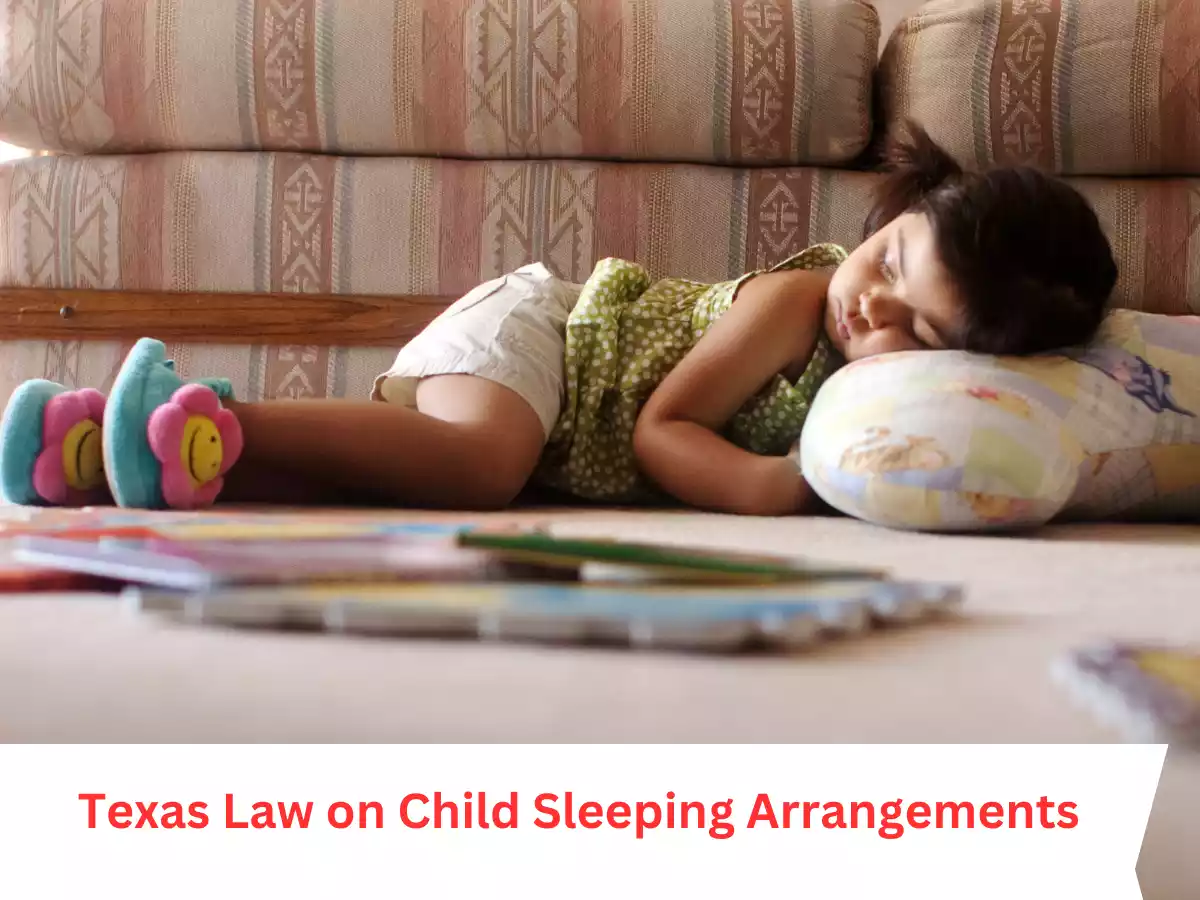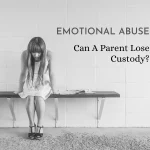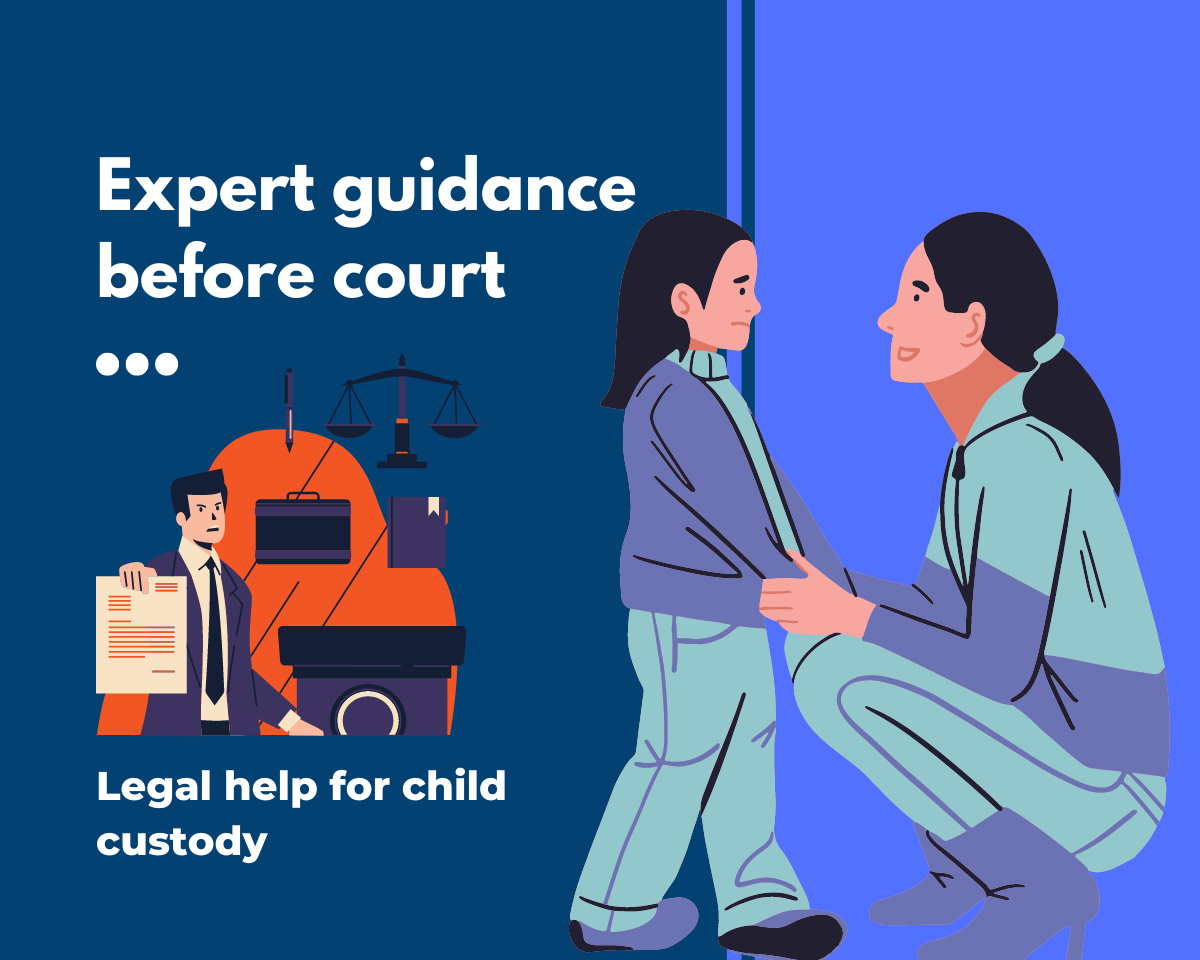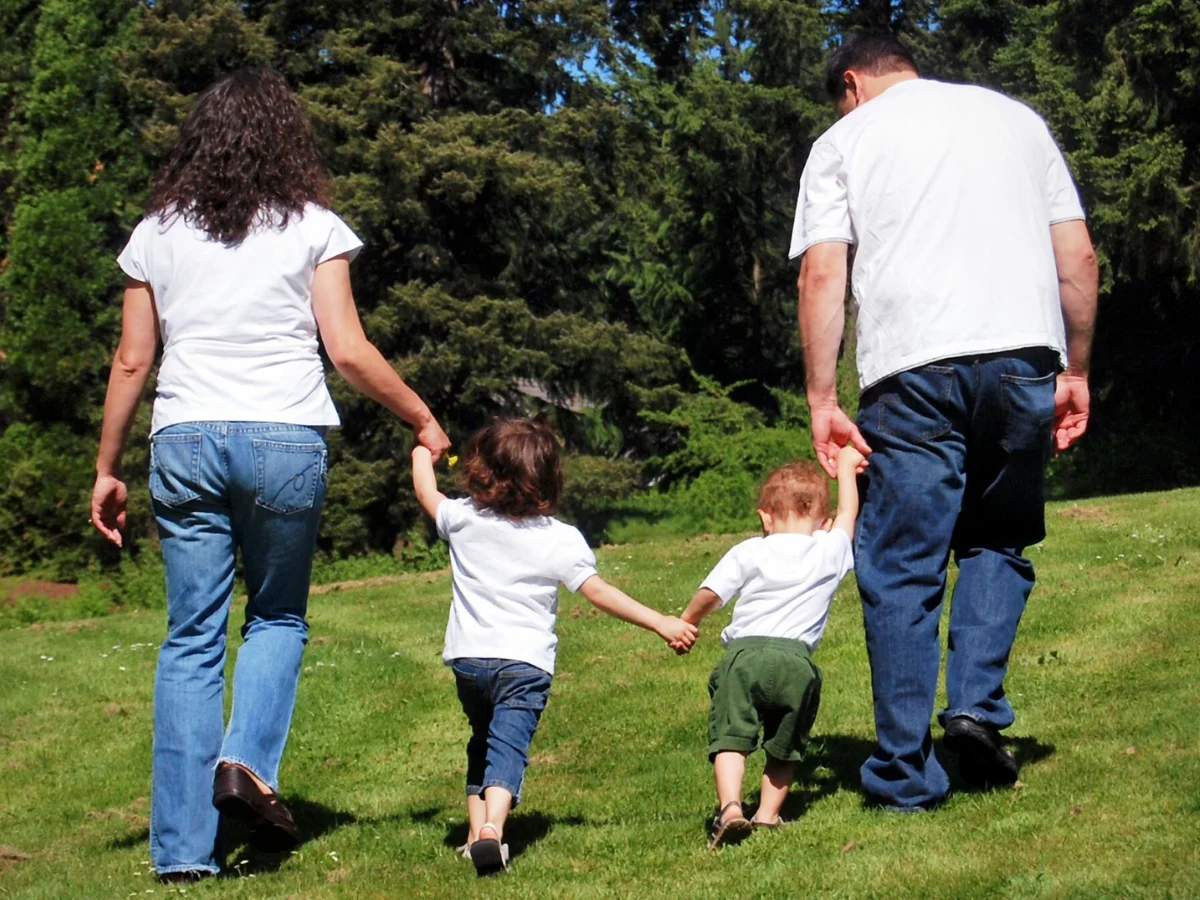Introduction: texas law on child sleeping arrangements
Child safety and well-being are paramount concerns for parents, and this extends to where a child sleeps. Texas law addresses various aspects of child care, including guidelines for safe sleeping arrangements. In this article, we’ll explore the Texas law on child sleeping arrangements, providing parents with essential information to ensure their children’s safety and adherence to legal requirements.
Understanding Child Sleeping Arrangements
Importance of Safe Sleeping
Safe sleeping arrangements are critical to preventing accidents and ensuring a child’s safety during sleep.
Sudden Infant Death Syndrome (SIDS)
SIDS is a tragic occurrence that emphasizes the importance of safe sleeping practices.
Texas Law on Child Sleeping Arrangements
Safe Sleeping Guidelines
The Texas Department of Family and Protective Services (DFPS) provides guidelines for safe sleeping practices for infants.
Cribs and Bassinets
Cribs and bassinets must meet safety standards set by the Consumer Product Safety Commission (CPSC) and be free from hazards.
Co-Sleeping
Texas law advises against co-sleeping with infants due to the increased risk of SIDS.
Room Sharing
While sharing a room with an infant is encouraged, bed-sharing is discouraged to prevent accidents.
Child Care Facilities
Licensed Child Care Centers
Licensed childcare centers in Texas must follow strict guidelines for infant sleeping arrangements.
Sleep Positioning
Childcare providers are required to follow safe sleep positioning practices for infants.
Child Protective Services (CPS) Investigations
Neglect and Unsafe Sleeping
Unsafe sleeping arrangements may lead to CPS investigations, emphasizing the importance of adhering to safe sleeping guidelines.
Education and Resources
CPS provides education and resources to parents and caregivers to promote safe sleeping practices.
Tips for Parents
Follow Safe Sleeping Guidelines
Parents should follow the safe sleeping guidelines provided by the DFPS and other reputable sources.
Avoid Soft Bedding
Soft bedding, pillows, and stuffed animals should be kept out of an infant’s sleep area.
Use Approved Cribs
Ensure that the crib or bassinet used for your child meets safety standards and has not been recalled.
Monitor Sleep Environment
Regularly check the sleep environment to ensure there are no hazards present.
Conclusion
Texas law places a strong emphasis on safe sleeping arrangements for children, particularly infants. Adhering to these guidelines not only helps prevent accidents but also ensures that parents are in compliance with legal requirements. By creating a safe sleep environment and staying informed about the latest recommendations, parents can provide their children with the best possible conditions for safe and restful sleep.
FAQs
- What is the significance of safe sleeping arrangements for children? Safe sleeping arrangements are crucial for preventing accidents and ensuring children’s well-being during sleep.
- What is Sudden Infant Death Syndrome (SIDS)? SIDS is a tragic occurrence that emphasizes the importance of safe sleeping practices to prevent infant deaths.
- What guidelines does Texas law provide for child sleeping arrangements? Texas law provides guidelines for safe sleeping practices, including the use of approved cribs, avoiding co-sleeping, and promoting room sharing.
- Why is co-sleeping discouraged in Texas law? Co-sleeping is discouraged due to the increased risk of SIDS and accidents.
- How does Child Protective Services (CPS) handle unsafe sleeping arrangements? Unsafe sleeping arrangements may lead to CPS investigations, underscoring the importance of adhering to safe sleeping guidelines.























